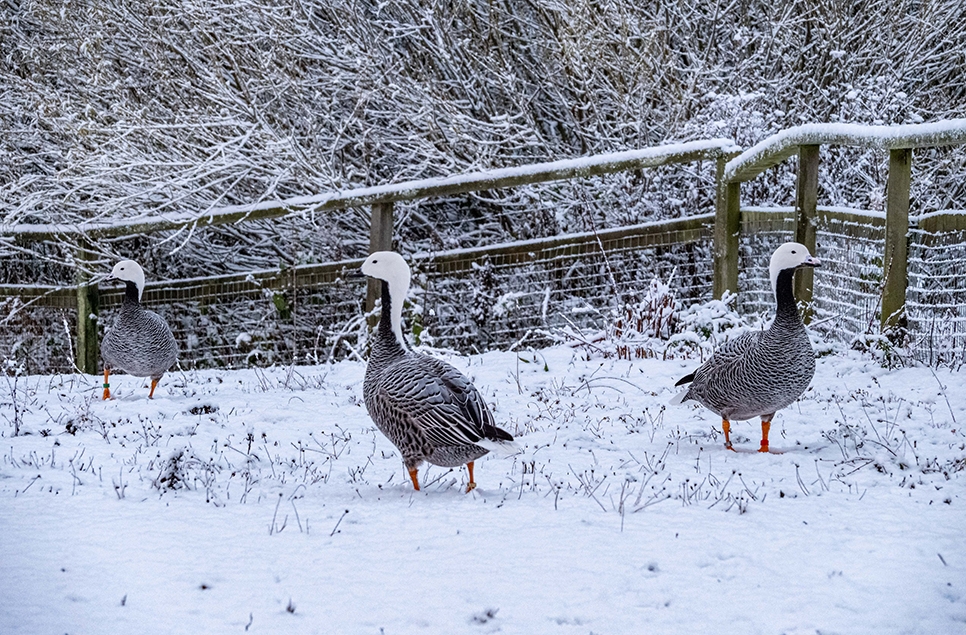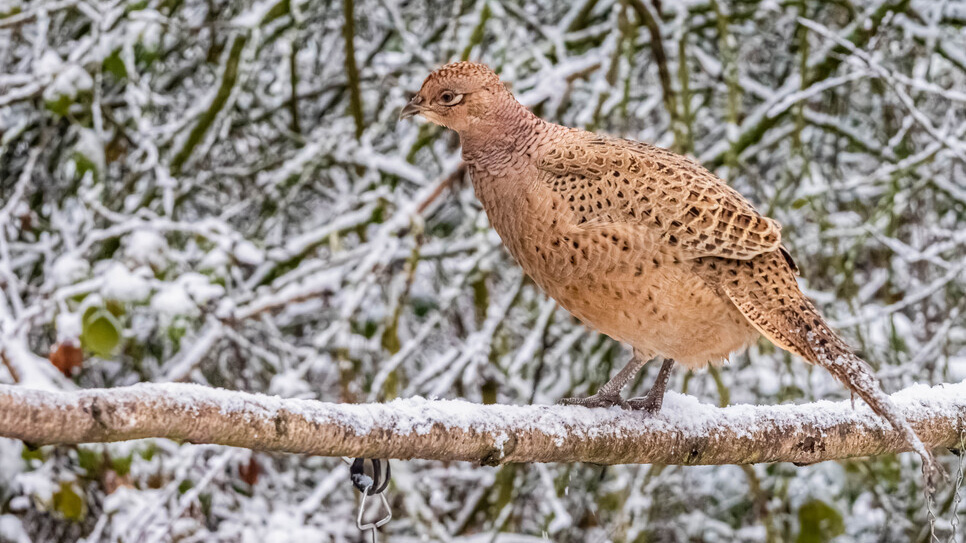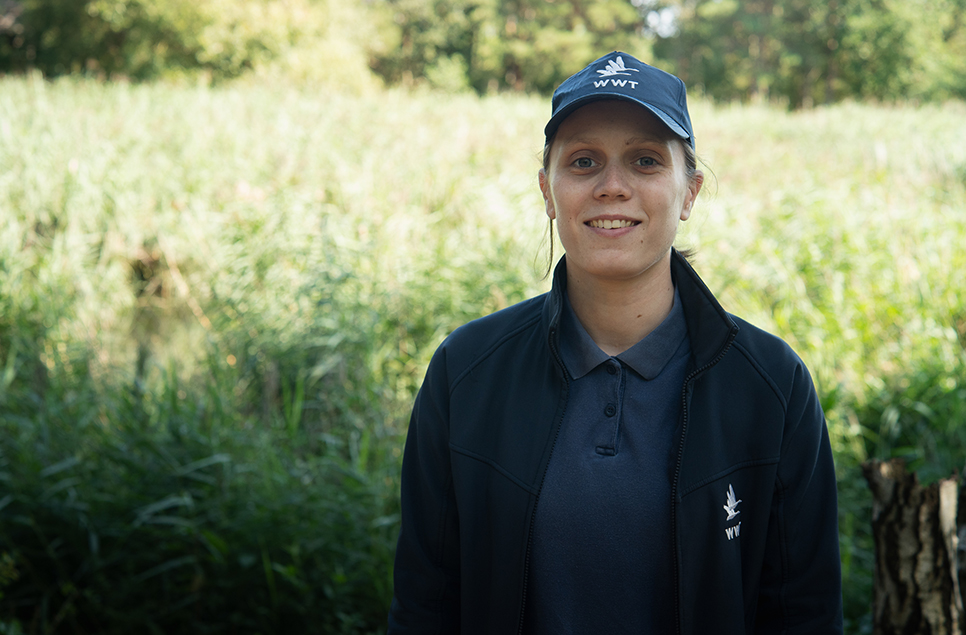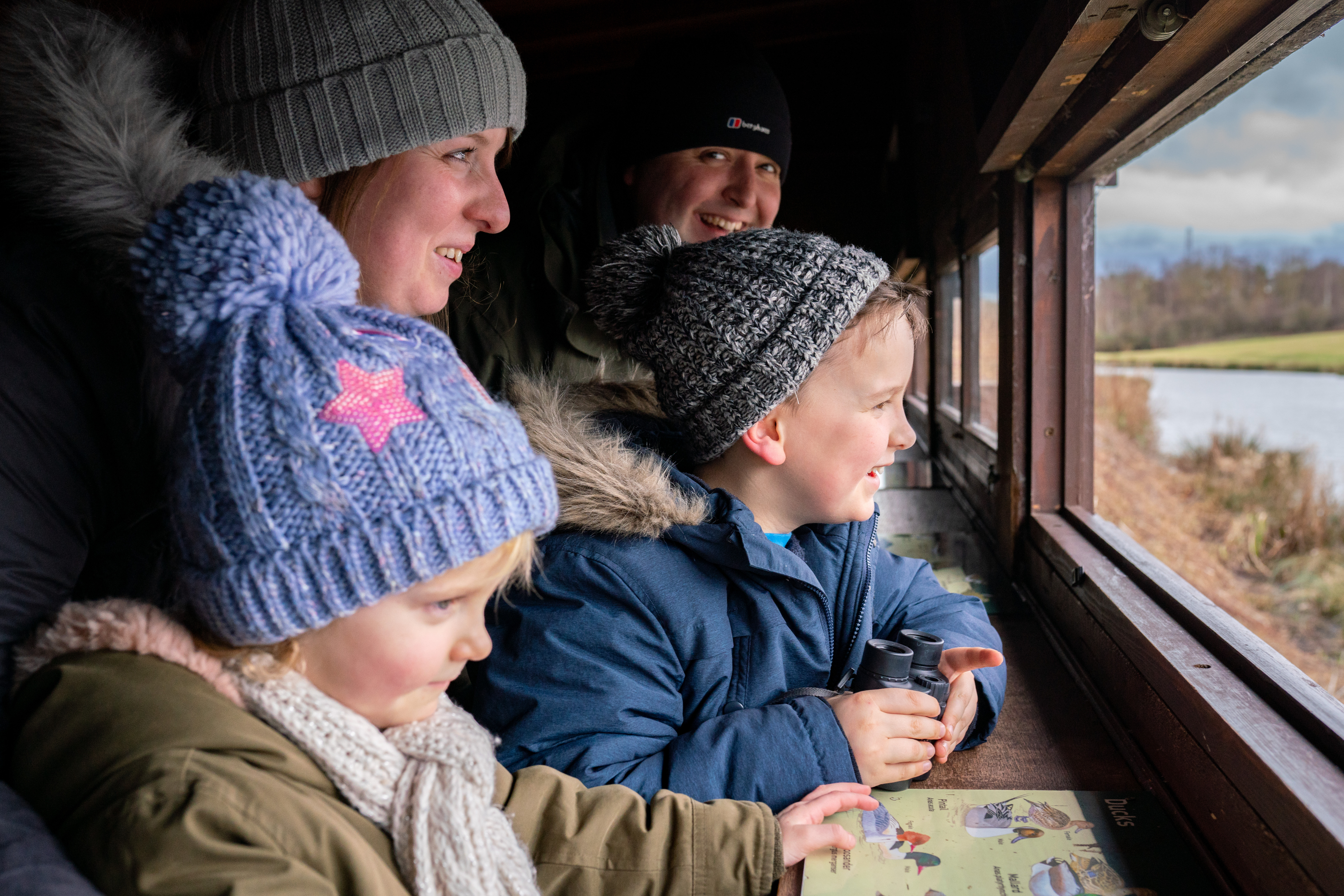Meet the team: Gill Pipes - Centre Manager (part 2)
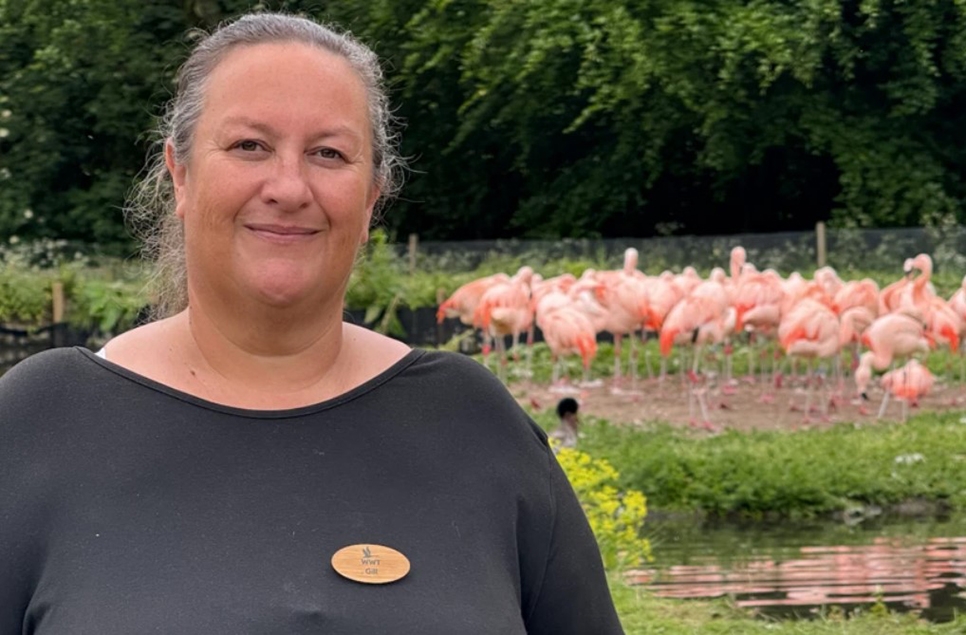
Last month we introduced you to our leader and Centre Manager Gill Pipes, finding out a bit more about her and her experience. In the second and final of Gill's Q&A, we find out about WWT's conservation efforts and her vision for WWT Washington.
Thanks again Gill for chatting to us. We'll start straight where we left off!
If you could be any wetland animal for a day, which one would you choose and why?
It’s a tough one. I wouldn’t mind the cushy, pampered life our Asian short-clawed otters have! But I think I’m going to go for the stunning emperor dragonfly. They are small but mighty (relatively speaking – they’re still a huge beast amongst their other dragonfly pals), people are always delighted to see them and they spend time between being one of nature’s greatest hunters and loafing on logs sunning themselves. Not a bad life really.
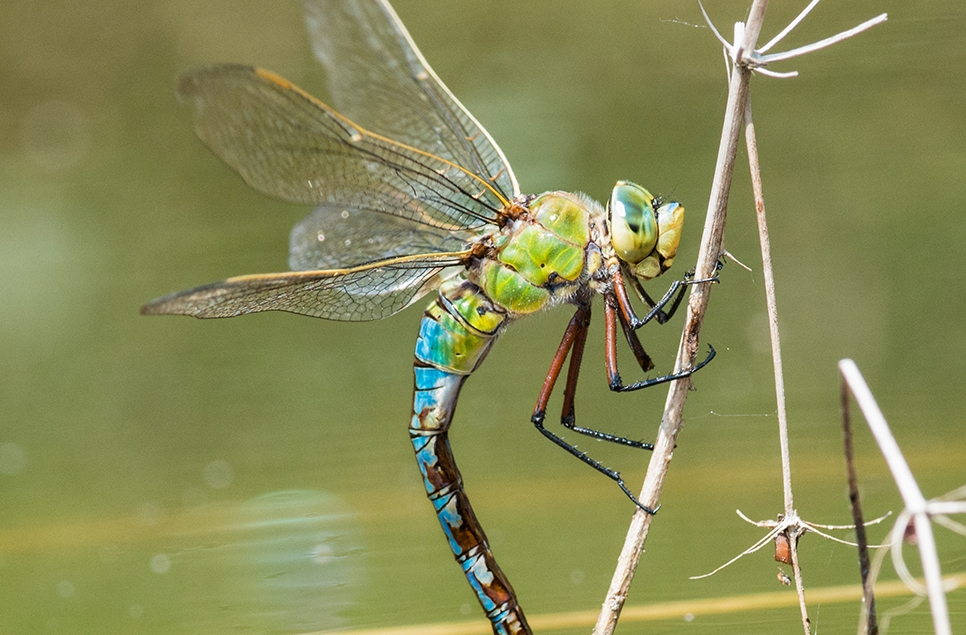
What advice would you give to someone visiting the centre for the first time?
Please do take advantage of our admission team’s welcome talk. There is so much to see, whatever the time of year and weather. They know what’s on and out there on any given day and if you have a more specialised question, the rest of the team can be reached on the radio in a heartbeat.
Are there any hidden gems or lesser-known activities at the centre that you recommend?
As someone who manages an anxiety condition, I would say this place is full of spots where you can just “be”. Even on the busiest of days, there will be parts of site where you feel like you are the only one here, so take 5 minutes just to stop and connect all of your senses to what's around you. Actively listen to everything you can hear – don’t try to work out what it is, just hear it. Take off your shoes and socks and stand on the grass. Breathe in, hold it and then slowly breathe out. This is such a busy world, the universe will be no different whether you take a short while to recentre yourself or not. I have genuinely never known a place as great for this as here.
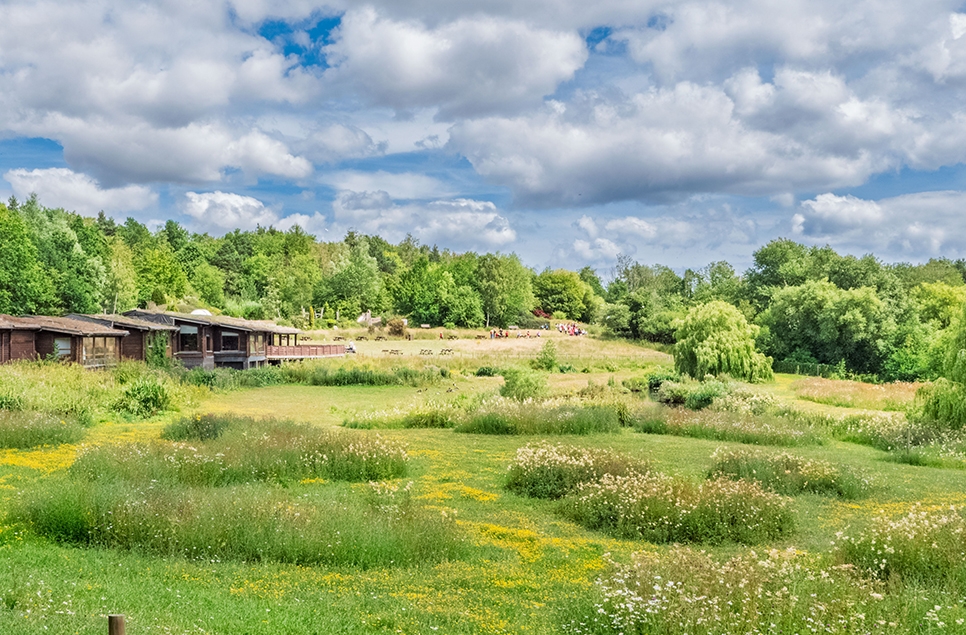
What’s the best feedback you’ve ever received from a visitor?
I think it was from a gentleman who discovered us as he was rehabilitating from a long-term condition episode and diagnosis. He had been left quite immobile and used our site to recover both physically and mentally. He would visit with his family, spending as much or as little time as he was able to on each visit and, with a lot of hard work, gradually increased the distance he was able to walk until one day, he was on our outer reserve and managed to sit and watch a kingfisher (a much-coveted bird spot). Hearing what this place meant to him was just magical.
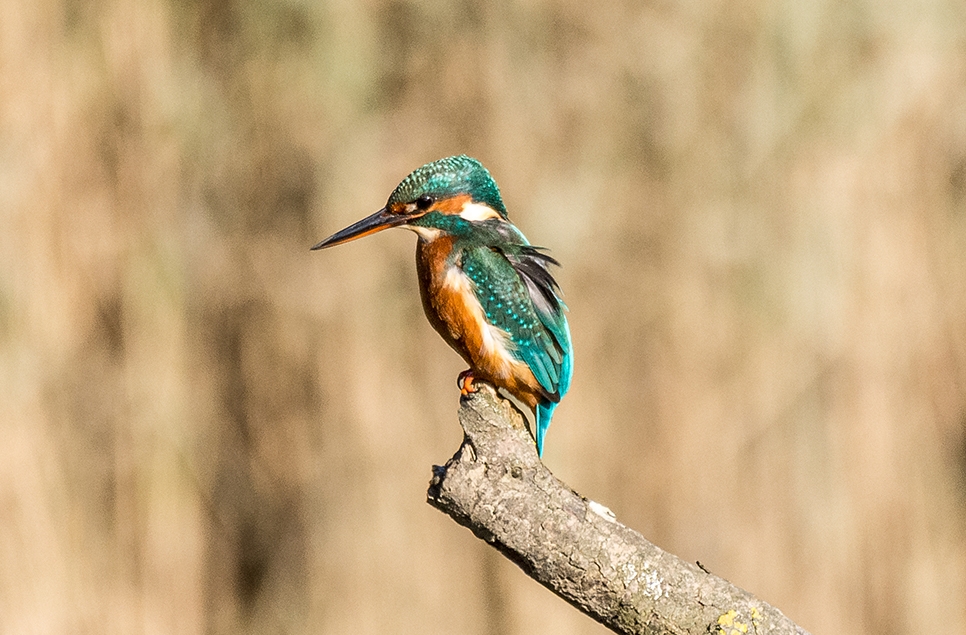
Why do you think wetlands are so important to protect?
They are life! Every single living thing on the planet needs water to survive (even if some of them can go for extremely long periods without it) and 40% of these species rely on wetlands for their water. The majority of the world’s usable fresh water is stored in wetlands too. Over half the people in the world rely on a wetland produce such as rice for their staple diet. Wetlands make great flood defences, store carbon more effectively than any other habitat and really are the masters of rejuvenation. Over 200 new species are discovered in wetlands EVERY YEAR! They are also amazing places for the soul. And we’re losing them at a rate three times that of our forests. We’ve lost 33% of them since 1970. So we’ve got to reverse this. Our lives literally depend on it.
How does Washington Wetland Centre contribute to global conservation efforts?
That’s a big question with a long answer but I’ll try to summarise it. WWT is the wetland conservation charity and all of our sites are here to support every aspect of its work all across the world. What that looks like is showing people what wetlands can do, the threats they face and how everyone can support them in order to protect the people, wildlife and the wetlands themselves through actions big or small. Our founder, Sir Peter Scott (pictured below left, with Sir James Steel right), said “The most effective way to save the threatened and decimated natural world is to cause people to fall in love with it again, with its beauty and its reality.” And it’s our job to show off our site as best we can so that people have unforgettable experiences and understand that we all need to work together to protect the nature we rely on.
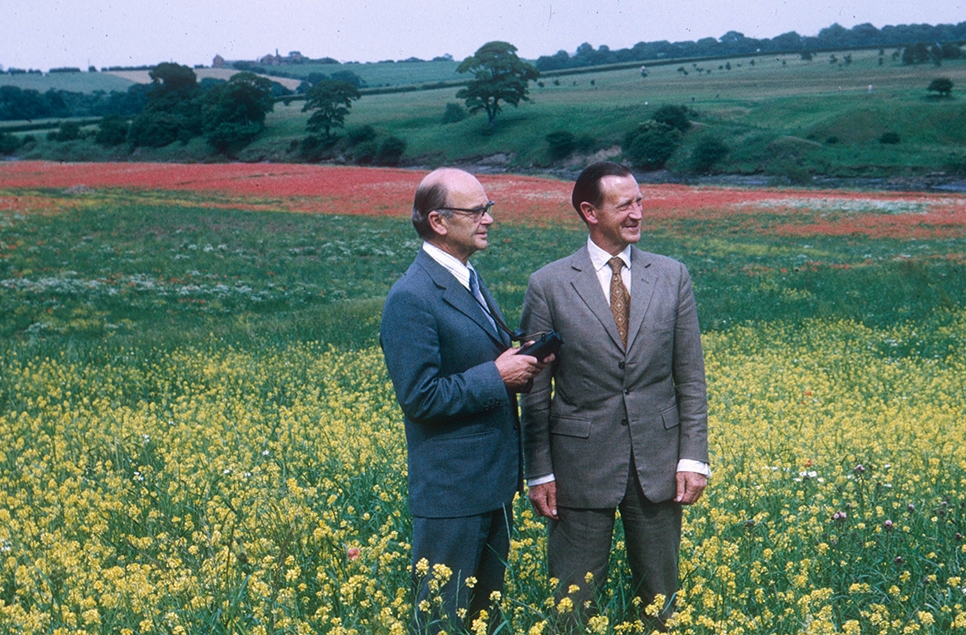
What’s your vision for the future of the centre? Are there any exciting projects or initiatives on the horizon?
I think my vision is twofold – we will continue to be a safe space for everyone to enjoy and be amazed by. It’s so good for the soul, this place. It soothes us, excites us and amazes us. The team here are very inclusive and we’ll continue working on gaining a better understanding of all of our current and potential visitors’ needs to make sure that we reach every single person whose life can be enhanced by spending time here and provide all they need to make a visit here possible and amazing.
Alongside this, we need to ask our visitors for help. We can’t protect and enhance wetlands without this help. We need people to spread the word and take whatever action they can, big or small, to make sure decision-makers across the world understand that wetlands are the solution to so many of our environmental problems and use this natural resource to reverse the damage that has been done. So we need to bring everyone into our world, see how remarkable it is and stand up for it.
How do you engage visitors in conservation efforts during their visits?
There are so many fantastic projects in our plan. It's our 50th birthday this year so we’ll be involving our supporters in our celebrations, sharing smaller site developments like new viewpoints and new activities, plus the re-opening of Wet Wood and further enhancement of Wader Lake, essential for national populations of birds under threat such as curlew and lapwing.
The team here are passionate about sharing our work here and one of the things we love to do is allow people to contribute to it, not just tell them about it. So whether you take part in a tree planting or meadow seed sowing activity, or provide information to us on where you have seen willow tits or help us track the species found in or ponds, you are actively helping us to deliver our reserve management plan. You are doing conservation. We’re planning some more activities that ask people to help us in this and I’m pretty excited about that.
We're also busy looking at all of our interpretation and signage around site and figuring out how we can best tell our story. We've already changed lots of our boards to include more engaging and vibrant content, and we were chuffed to win a gold accolade for 'Best told story' at the VisitEngland awards last year because of it!
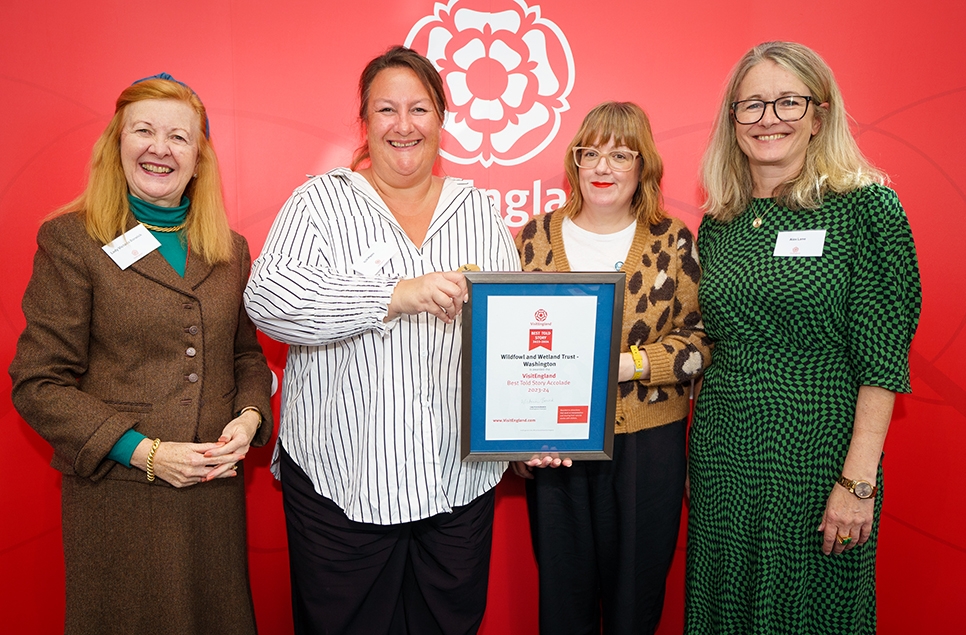
How can visitors best support the work being done at the wetland centre?
Come and see us! And tell your pals. And give us feedback on your visit – we’re all ears, and we’d rather put our efforts into what you want! And take action for wetlands – build a mini pond in your garden or yard, write to your MP to let them know you want wetlands to be prioritised, become a member of WWT, volunteer with us, follow our social media accounts and share our stories. Get to know our wetlands and love them as much as we do. They give us so much and we need them to survive!
*Image of Gill with flamingos ©BBC
Fancy meeting more of our team?
We're introducing you to the team here at WWT Washington who are from a variety of roles within the trust, and who have a plethora of career and education backgrounds.
Meet the team